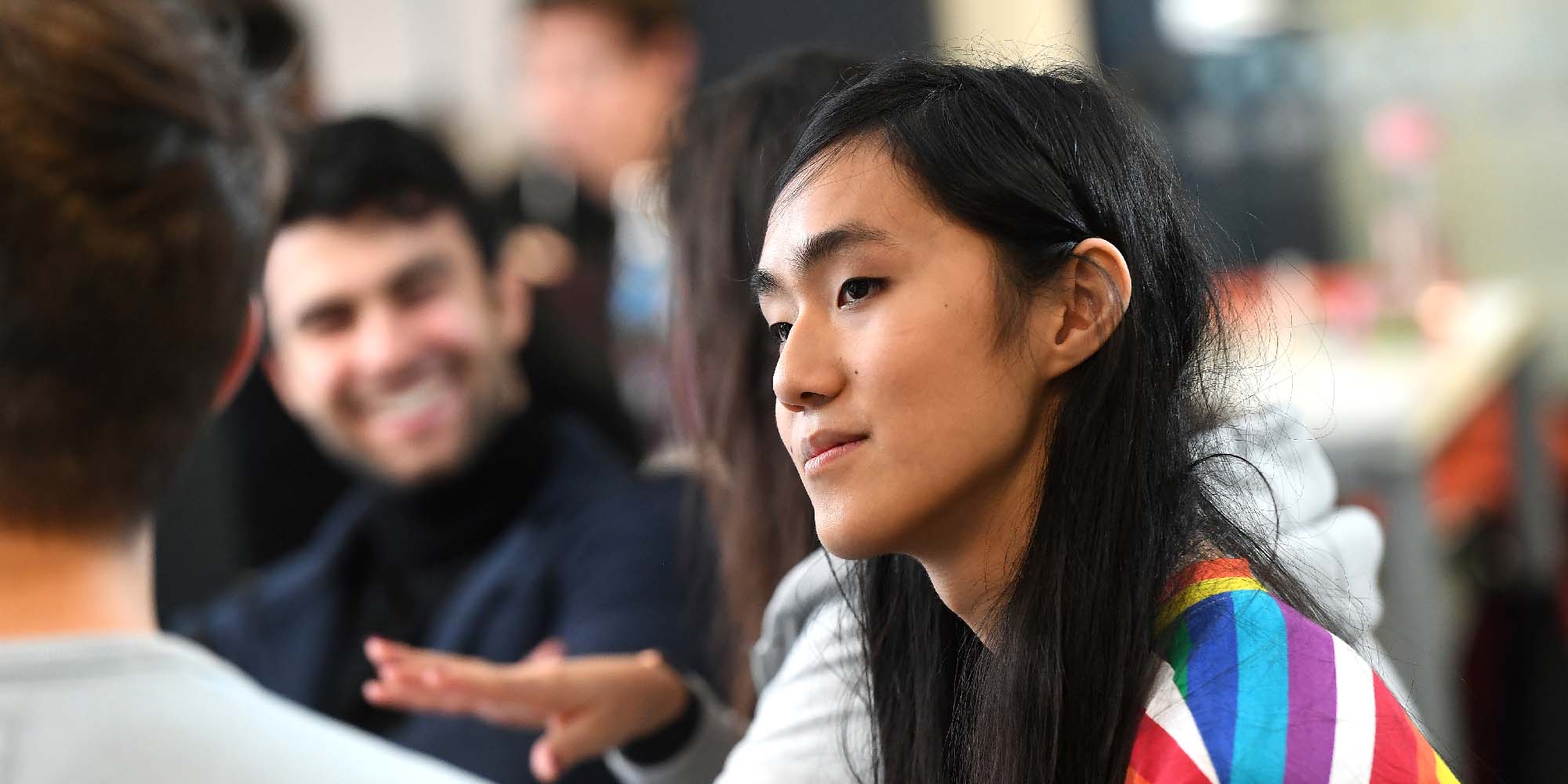Postgraduate research opportunities Quantum nonlinearities in dielectric nanoparticles
ApplyKey facts
- Opens: Tuesday 28 November 2017
- Number of places: 1
Overview
We focus on new nonlinear regimes with input powers so low that they enable all-optical processing and the exploitation of the fundamental advantages of quantum technologies at the nanoscale.Eligibility
Qualifications:
BSc (Hons) 2:1 or equivalent degree in physics/chemistry…..
Funding:
Self-Funded PhD Students Only

Project Details
Using light and nonlinear optical processes is in principle ideal to speed up information processing because the speed of light is much larger than the speed of the electric charges used in electronics. Despite all considerable efforts, no one has yet realised combinations of densely packed nonlinear optical elements with the complex functionalities that are required in many disciplines and applications.
This is because, on the one hand, conventional optics is hampered by bulky optical elements with very weak nonlinear responses and, on the other, nanostructures with sub-milliwatt thresholds for nonlinear effects operate near absorption resonances. This leads to temperature gradients that make it extremely difficult to combine many of these nanostructures on densely packed chips.
We aim to access unexplored nonlinear quantum regimes of the coupling between light and matter in order to establish a road map for ultra low power, quantum optical information processing at room temperature.
Using a modal decomposition of light that we have recently developed1, we will calculate the range of geometrical and physical parameters in which only one or two radiation modes interact with quantum emitters embedded in transparent dielectric nanoparticles. To facilitate proof-of-concept experiments, we will apply these general calculations to well established platform: the emitters are charge carriers confined in a few quantum wells inside transparent high refractive index nanodiscs or nanopillars smaller than the wavelength of light. We plan to access a novel quantum nonlinear regime by combining three ingredients:
- Nonlinearities are enhanced by both the strong coupling between emitters and light - which is due to the small volumes and losses of the coupled modes - and the large number of emitters
- Strong suppression of disruptive spontaneous emission is obtained by coupling the emitters to very few modes
- Negligible absorption of light outside the quantum wells is ensured by a careful choice of materials
1) D. McArthur, B. Hourahine and F. Papoff. Enhancing ultraviolet spontaneous emission with adesigned quantum vacuum. Opt. Express 25, 12189–12199 (2017).
Apply
In the first instance, please direct enquiries to Dr Francesco Papoff (f.papoff@strath.ac.uk), Prof. Gian-Luca Oppo (g.l.oppo@strath.ac.uk).
Number of places: 1
To read how we process personal data, applicants can review our 'Privacy Notice for Student Applicants and Potential Applicants' on our Privacy notices' web page.


